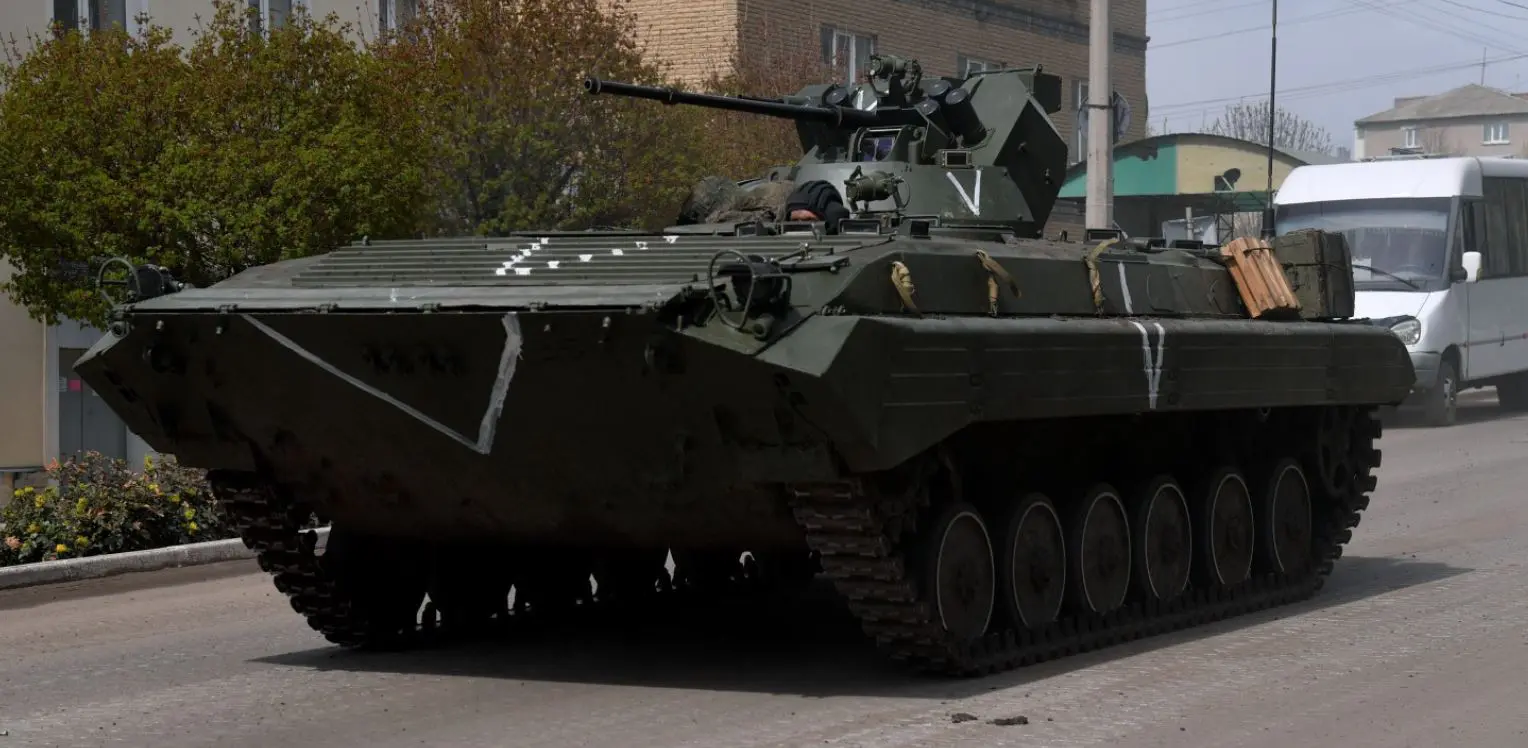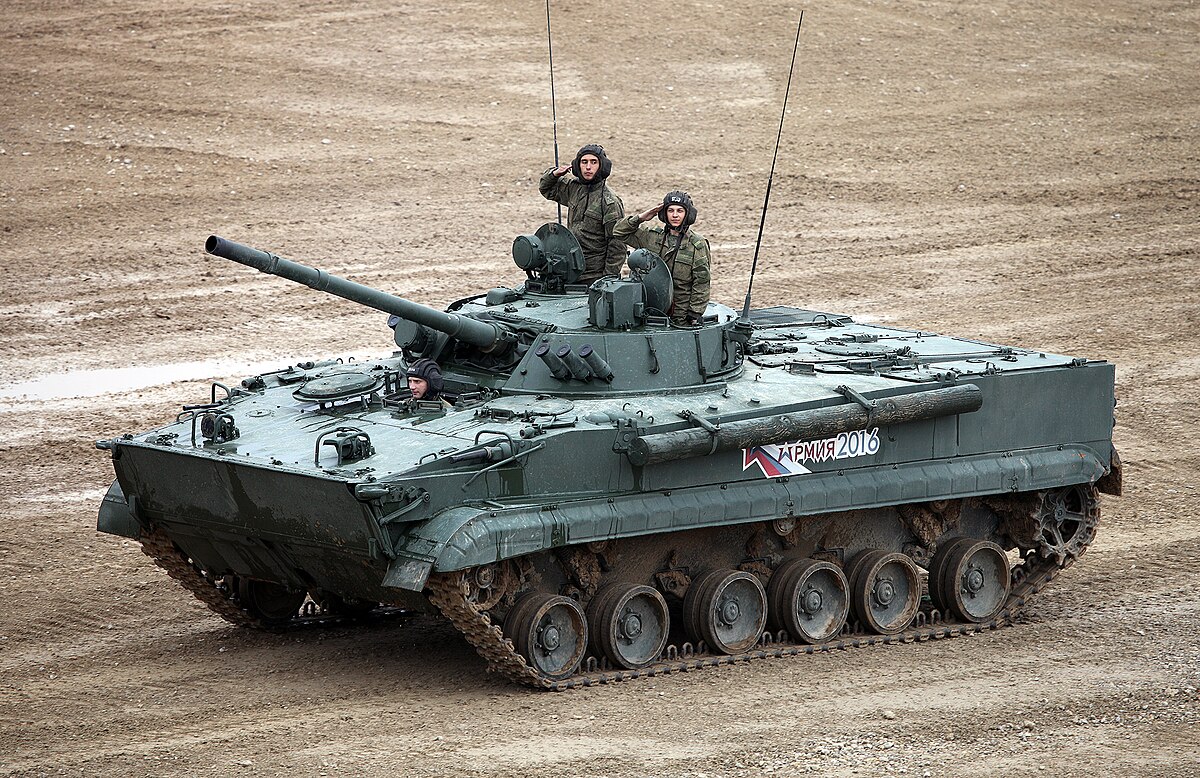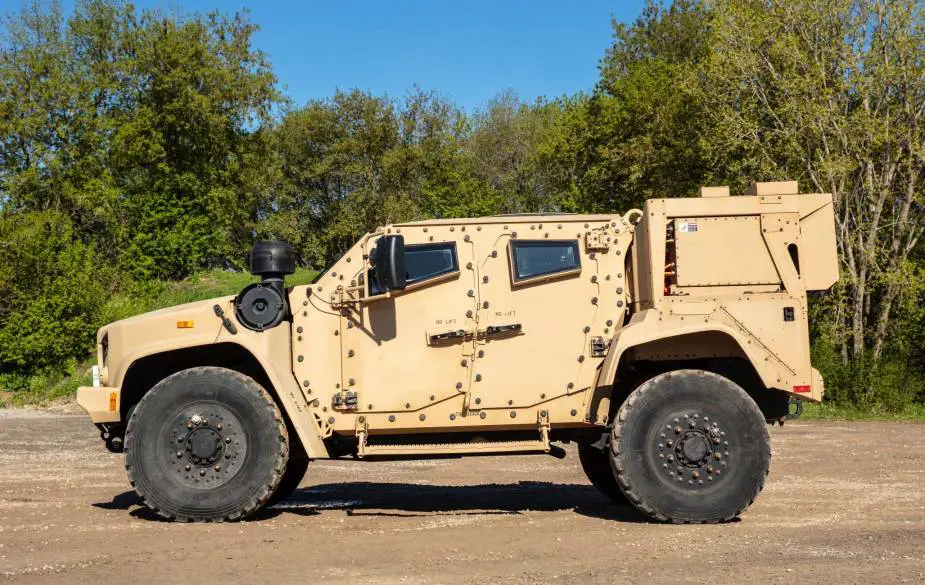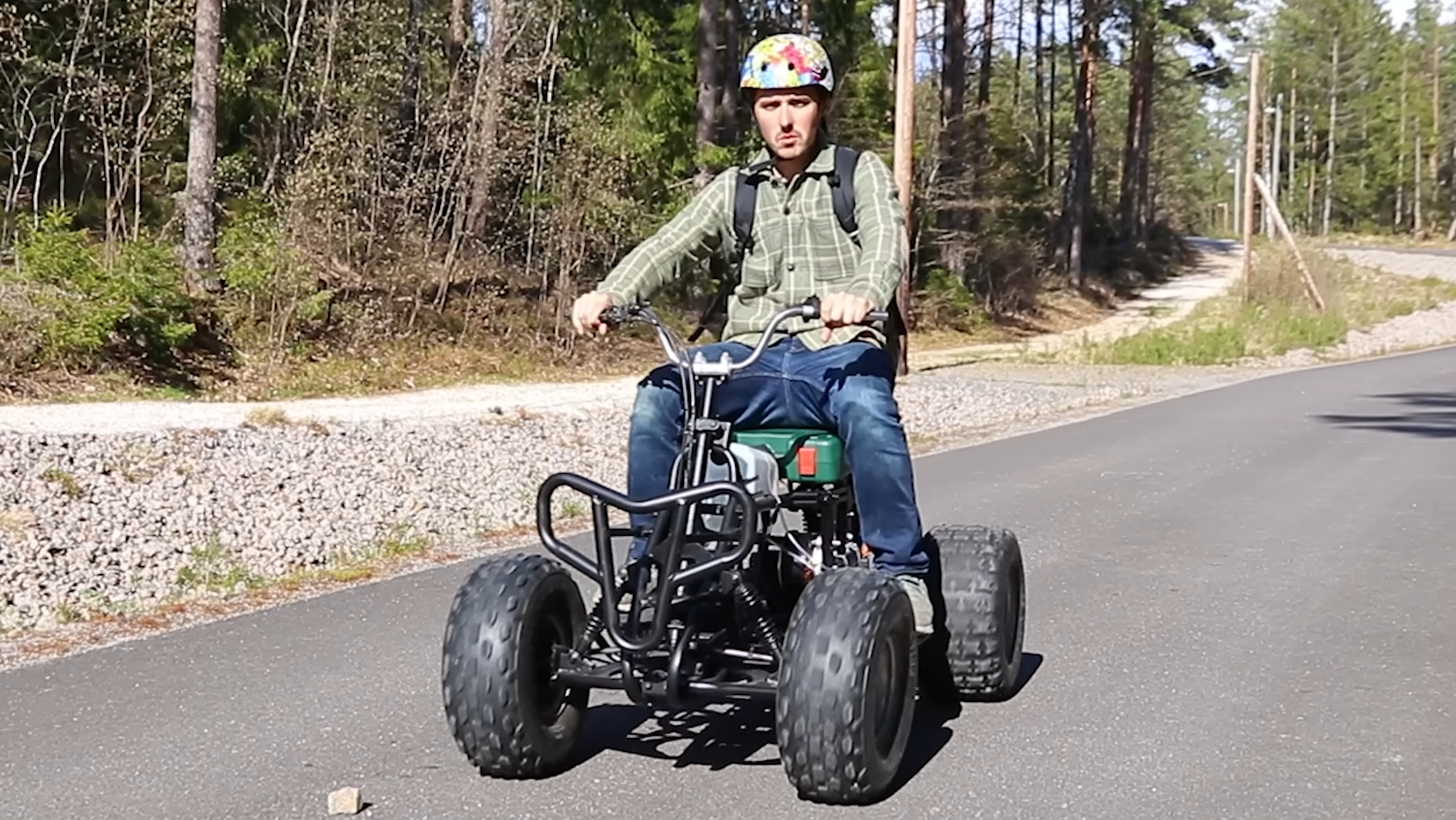Huhta
Greatest Leader
Onkohan itänaapurilla kykyä korvata menetettyjä BMP-3 miehistönkuljetusvaunuja? Vai laittavatkohan BMP-1AM variantin massatuotantoon? Alunperin BMP-1AM tasolle päivitettiin vain 20-30kpl bemareita, mutta rahan sekä tekniikan puutteen takia (BTR-82 torni on videoiden perusteella ns patarautaa) kyseinen päivitys saattaa olla realistisempi vaihtoehto itänaapurin kannalta.
Tämän artikkelin päättelyä minä en tue... jos BMP-2:sia on käytössä runsaasti miksi käyttää huonompia bemari ykkösiä ollenkaan? BMP-3:sia on tuhoutunut/kaapattu Ukrainassa todennäköisesti ainakin 200kpl ja niitä on käytössä Venäjän armeijan hieman yli 700kpl.

Bemari-1:lle uusi elämä
Yksi maailman laajimmalle levinnyt jalkaväen taisteluajoneuvo, BMP-1 (Boyevaya Mashina Pyekhoty 1, Боевая Машина Пехоты 1, БМП-1), on saanut uuden elämän modernisoituna versiona, BMP-1AM.suomensotilas.fi
Luulisin, että BMP-3:n tuottaminen onnistuisi Venäjältä. Tuohan on kuitenkin vanhan hyvän neuvostoajan vaunu, joten perusrakenne lienee ilman länsikomponentteja. Pl. tietysti ranskalaiset lämpökamerat tms. uudempien versioiden tekniikka, ja mahdolliset kaupallisista syistä ulkomailta hankitut osat (eikös jonkin ulkomaisen sähköjohdon toimitusten pysähtyminen pakotteisiin pistänyt Venäjällä psv-tehtaan kiinni???).
The resulting BMP-3 was developed in the early 1980s and entered service with the Soviet Army officially in 1987.

BMP-3 - Wikipedia
 en.wikipedia.org
en.wikipedia.org







